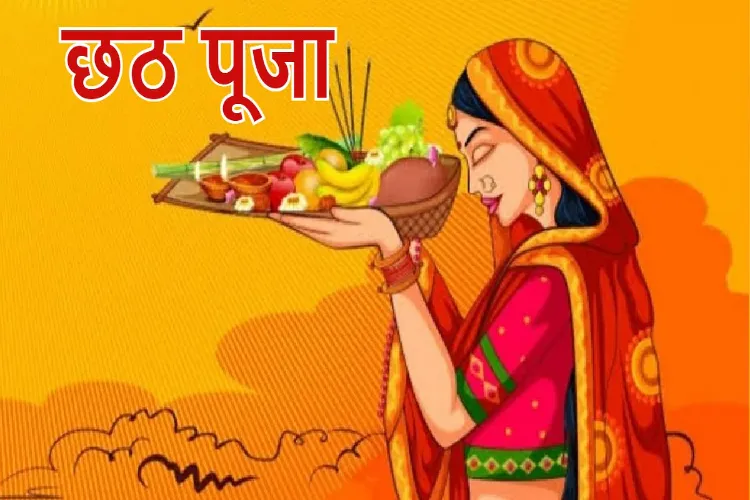New Delhi
To deal with the problem of foam formation on the surface of the Yamuna River near Delhi, when Chhath Puja is around the corner, the Delhi Jal Board (DJB) officials are resorting to spraying the river water surface with chemicals.
Ahead of the Chhath Puja, which is usually celebrated on the river banks in northern India, the DJB officials sprayed chemicals on the surface near Kalindi Kunj, with the aim to remove the toxic foam formed by high level of pollutants in the water.
This year's auspicious occasion began on October 28 with the traditional Nahay Khay ceremony, which was held on the first day of the four-day festival. Nahay Khay signifies the beginning of the four-day Chhath festival. Six days after Diwali, the auspicious festival begins.
Taking a ritualistic bath in holy water is considered an essential part of the rituals centred around Chhath puja. During this festive season, devotees residing in Delhi, Noida and Ghaziabad head towards the Yamuna river to take a dip in its waters and seek blessings from the Sun God for a healthy, happy, and prosperous life.The core ritual around the festival involves devotees observing a fast and worshipping Chhathi Maiya to express gratitude to the Sun God for sustaining life on Earth. Chhath is considered to be the only Vedic festival dedicated to Surya (the Sun God).
This ancient Hindu Vedic festival is mainly celebrated in Bihar, Jharkhand and Eastern Uttar Pradesh in India and Nepal. The main purpose of Chhath Puja is to help the Vrattis gain mental and spiritual purity. It is believed that sunlight has cures for various diseases and conditions. Taking a dip in the holy river also has certain medicinal benefits. The festival requires maintaining the utmost ritualistic purity.
The first day of Chhath Puja is known as Kaddu Bhaat or Nahay Khay. On this day the parvaitin (the main worshiper who observes fast) cooks the Satvik Kaddu Bhaat along with pulse and serves it as a bhog to the deity in the afternoon.

